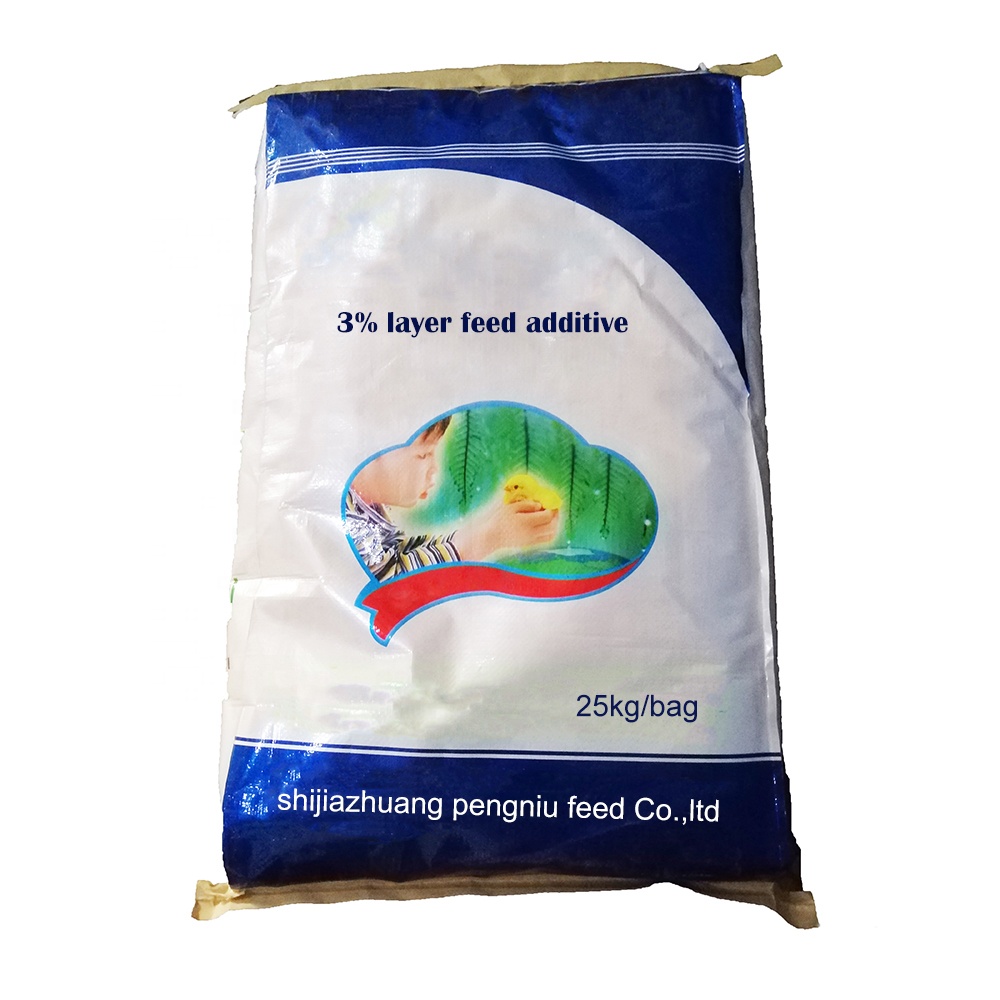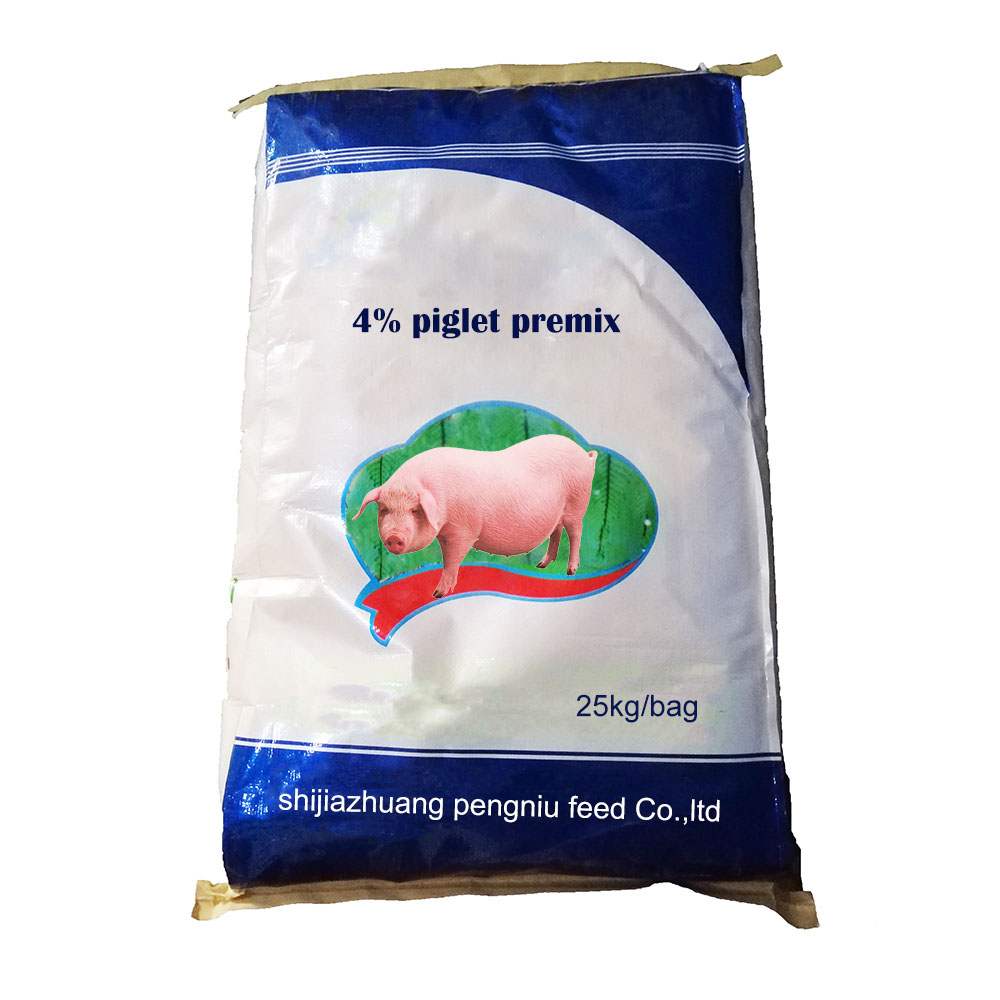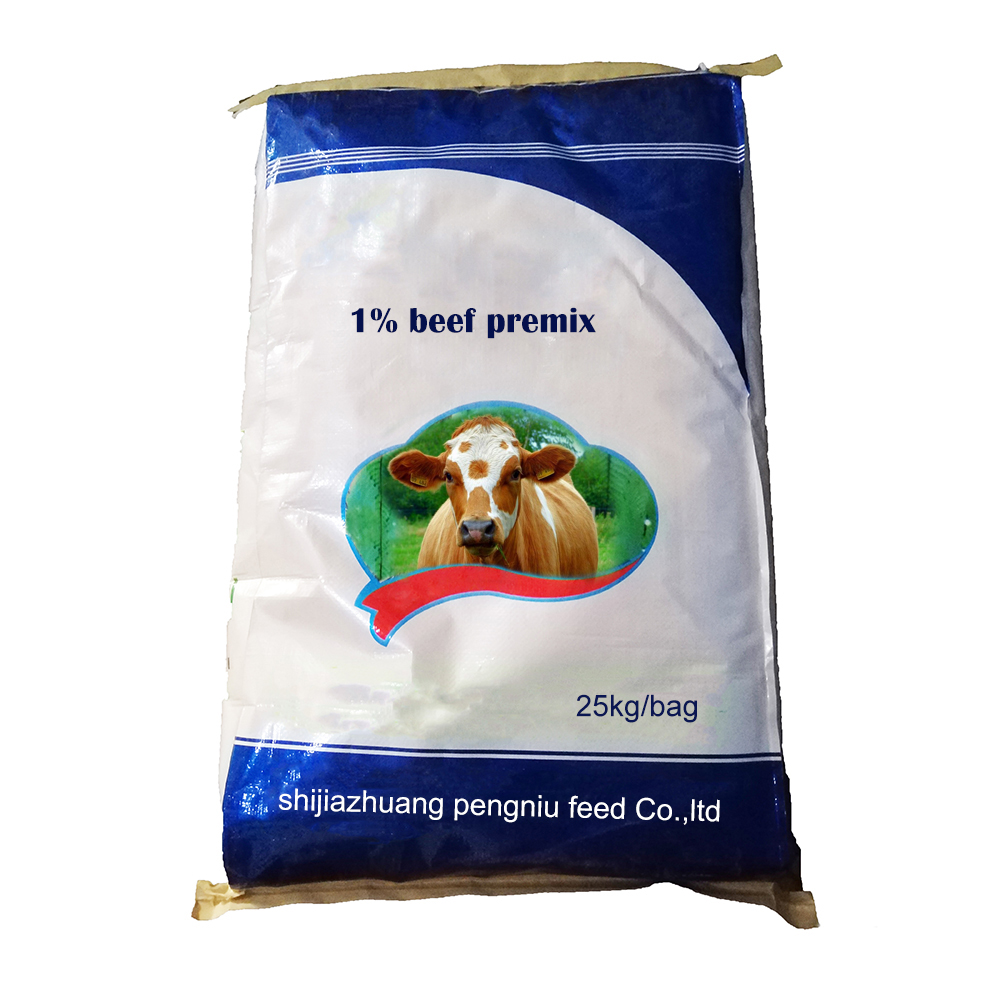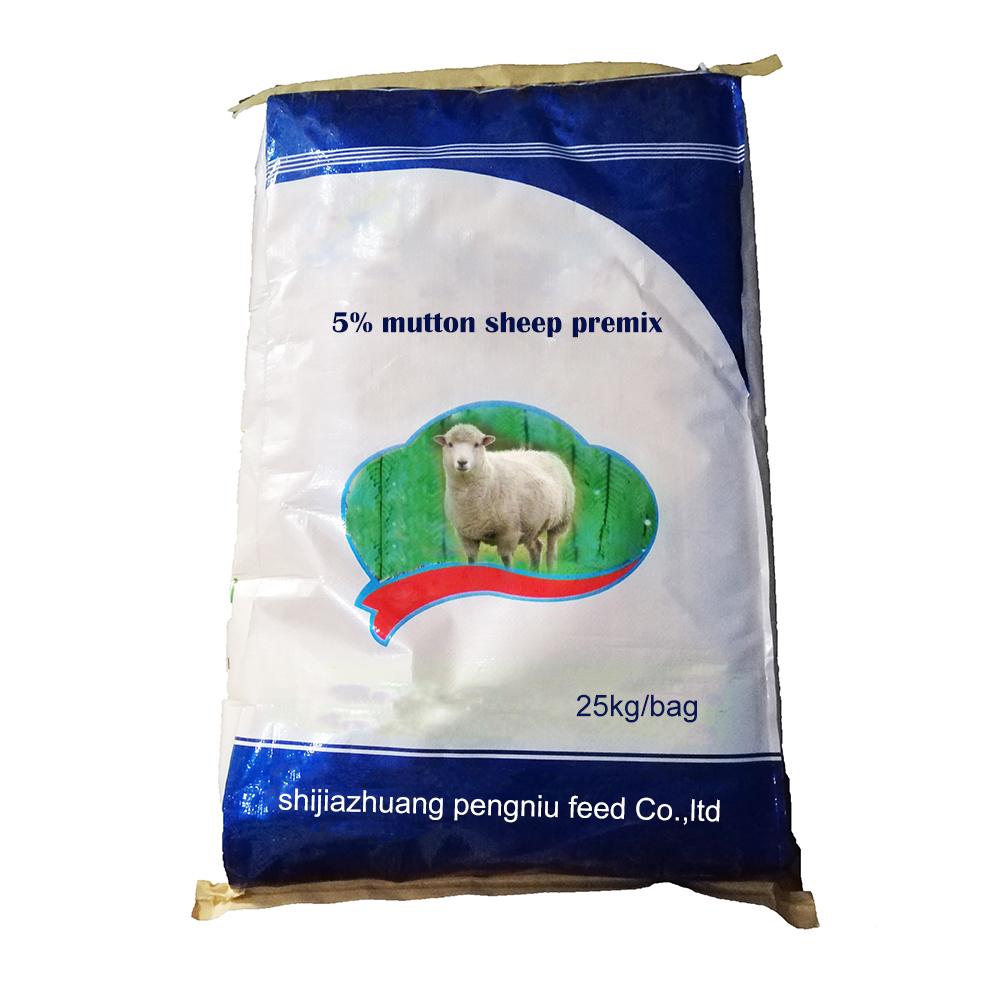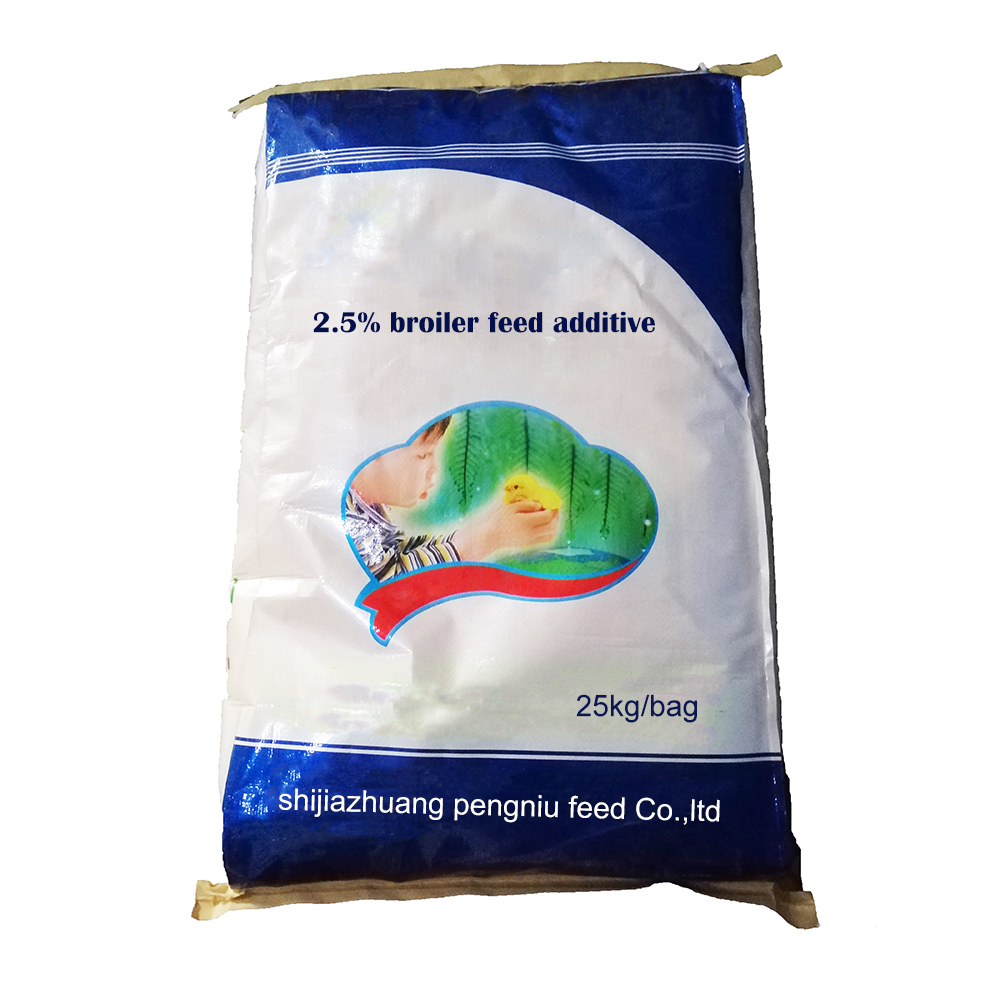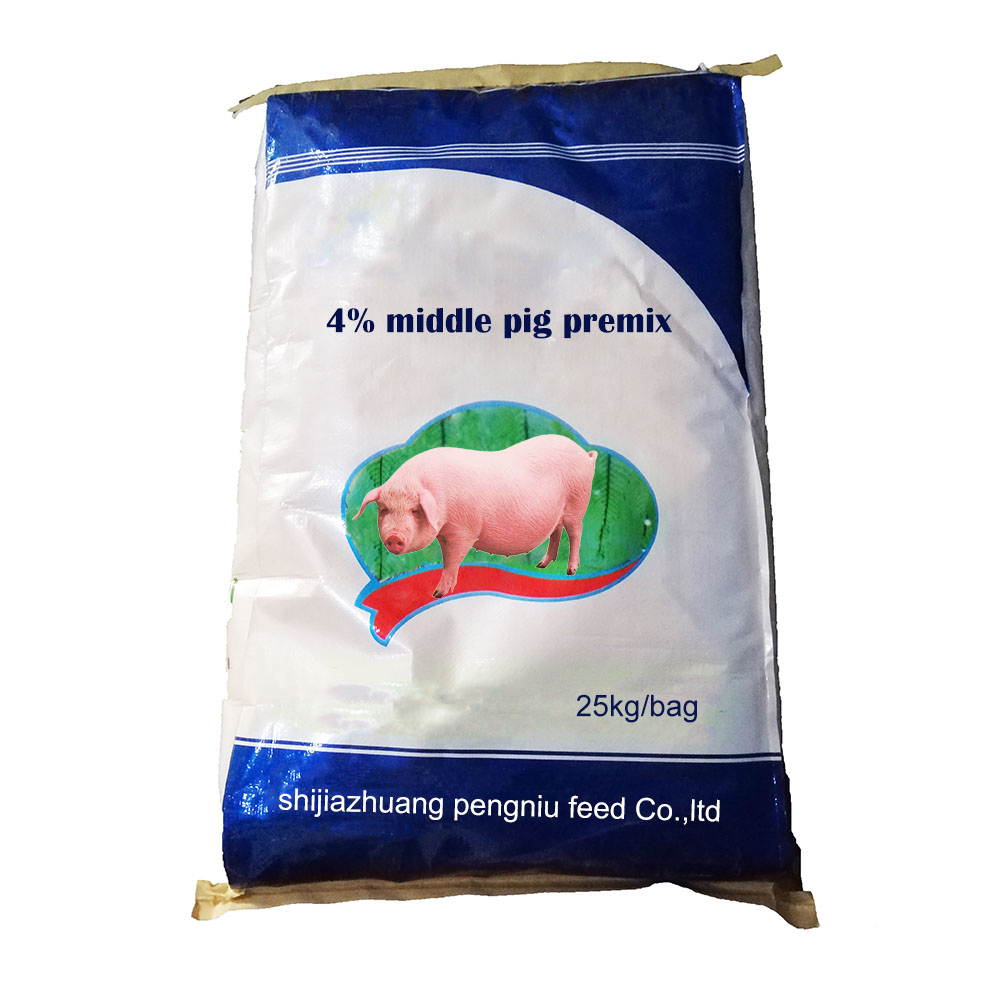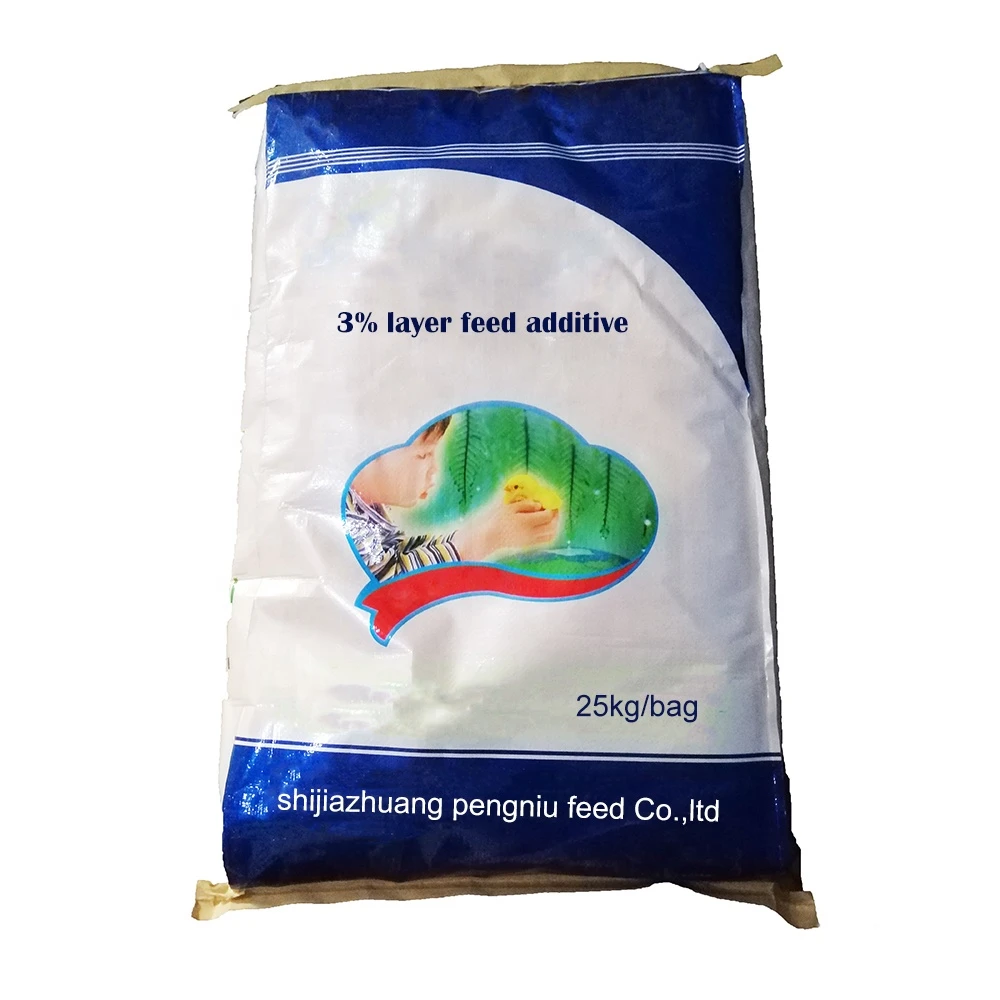Mineral premix for poultry (product link) is a crucial feed additive used in modern intensive livestock husbandry. With the rise in global demand for quality poultry meat and eggs, advanced animal premix technology drives efficiency and nutrition in both broiler feed premix applications and layer systems. This article offers a data-driven, technical, and application-rich overview following the latest Google EEAT standards, with focus on technological innovation, manufacturing flow, material science, and evidence-based product comparison.
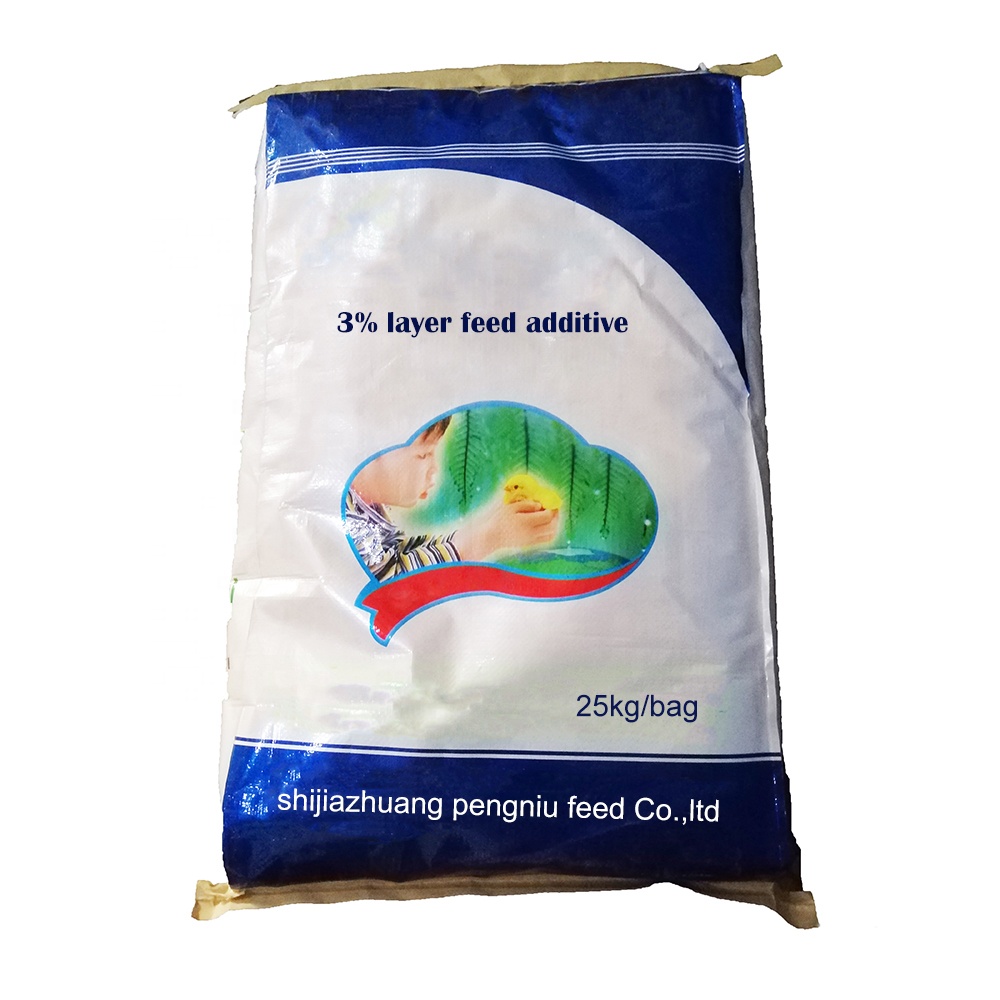
Industry Trends: Why Mineral Premix for Poultry Matters in Modern Farming
The global mineral premix for poultry market, valued at USD 1.3 billion in 2023 (source), is expected to grow at a CAGR of 5.2% through 2030. Driving factors include:
- ✔Increased consumer awareness on food safety and trace mineral balance
- ✔Greater adoption of precision nutrition for broilers and layers
- ✔Rising demand in emerging economies for cost-effective animal premix solutions
Technical Parameters of Major Mineral Premixes for Poultry
| Key Parameter | 3% Finisher Layer Premix | Standard Broiler Feed Premix | Generic Animal Premix | Regulatory Reference |
|---|---|---|---|---|
| Active Mineral Content (%) | 22–34 | 20–31 | 18–27 | ISO 22000 / ASTM E6076 |
| Calcium (%) | 10.8 | 10.0 | 8.0 | ISO 6496:2022 |
| Phosphorus (%) | 8.1 | 7.2 | 5.2 | AOAC 2015.08 |
| Zinc (mg/kg) | 2,100 | 1,900 | 1,200 | ISO 5496 |
| Vitamin D3 (IU/kg) | 20,000 | 18,000 | 10,000 | FDA CFR 582.5620 |
| Mixing Uniformity (CV %) | <5.0 | <7.0 | <8.5 | EN 15751:2020 |
| Anti-caking Agent (%) | 2.2 | 2.0 | 1.0 | EU 1831/2003 |
Key Application Areas & Real-World Experience: Broilers, Layers,
and Specialized Poultry
**Mineral premix for poultry** is integral for broiler feed premix regimens and provides critical function in layer diets. Adapting the mineral and vitamin profile improves:
- Egg shell integrity and productivity in commercial layers
- Rapid and safe muscle gain in broilers (as measured by FCR improvement of up to 7%)
- Reduction of leg weakness and metabolic disease due to trace element balance
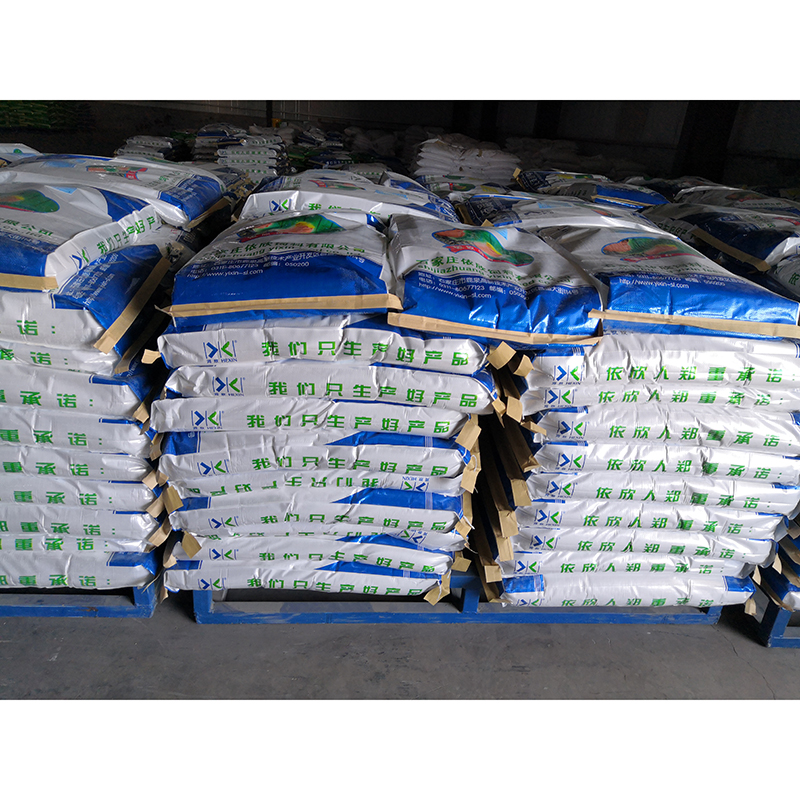
3% Finisher Layer Premix: Product Introduction and Specification
3% Finisher Layer Premix is a next-generation mineral premix for poultry designed for the finishing phase of layers and broilers. This product, produced under ISO 22000 and FDA GMP+ guidelines, delivers precision mineral balancing that meets different physiology needs of poultry during late-stage growth and peak lay cycles.
- Dosage: 3% inclusion in compound feed
- Particle Size: 80–120 mesh (promotes uniform mix)
- Shelf Life: 18 months (dry, ambient storage)
- Suitable for: Commercial laying hens, finishing broilers, breeder flocks
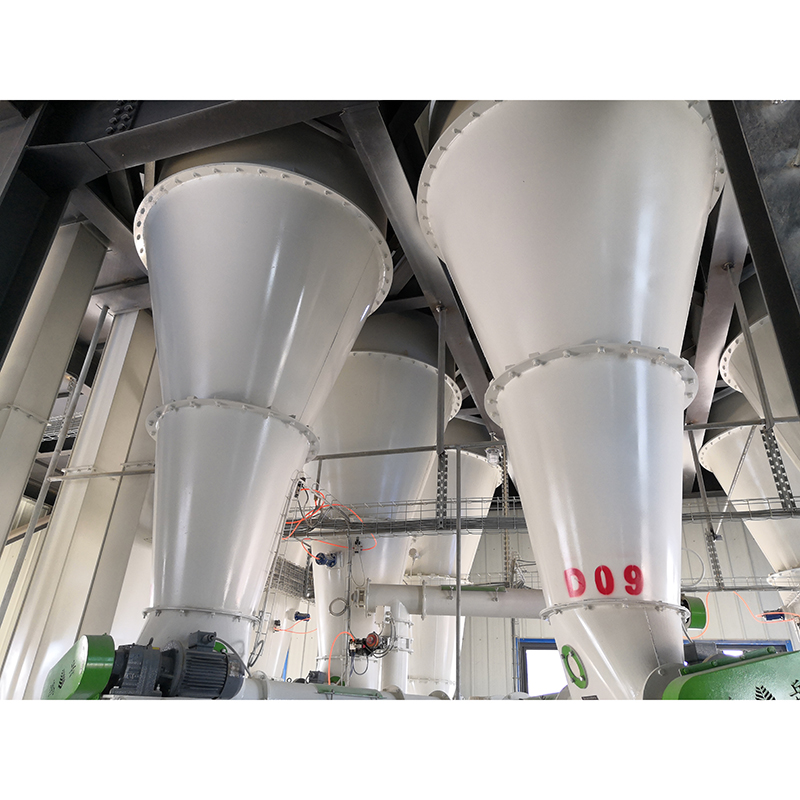
Manufacturing Process of Mineral Premix for Poultry
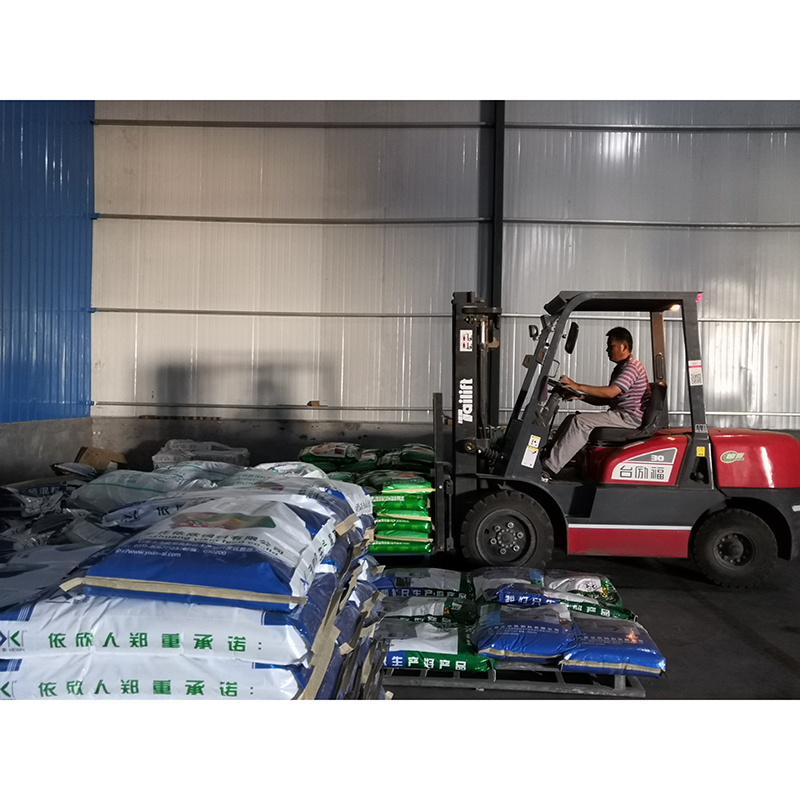
Material Technology & Quality Control: Enhancing Performance and Longevity
- Material Excellence: All minerals and vitamins used meet USP or Ph.Eur standards; chelated minerals increase absorption rate by up to 27% versus inorganic sources.
- Manufacturing Craftsmanship: Mixtures are processed using CNC-controlled blending lines—comparable to those used in pharmaceutical granulation—maximizing mix precision.
- Testing & Certification: Every lot is QC'd for:
- Homogeneity (EN 15751, HPLC/AAS verified)
- Moisture ≤ 6% (Karl Fischer method, ISO 760)
- Heavy metal limits: Pb <8 mg/kg, As <2 mg/kg (ISO 6869:2017, FDA CFR 573.160).
- Longevity: Microencapsulated actives are shown to retain >95% efficacy for 15 months (ASTM D4303-2021 accelerated aging).
These measures ensure safe use across petrochemical, metallurgy, and water supply integrated production plants where contamination control and operational reliability are paramount.

Brand Comparison: 3% Finisher Layer Premix vs. Leading Competitors
| Brand/Parameter | 3% Finisher Layer Premix (RCPetfood) |
Competitor A | Competitor B | Standard Reference |
|---|---|---|---|---|
| Mineral Source | 85% chelated, 15% inorganic | 70% chelated, 30% inorganic | 95% inorganic | ISO 22000 |
| Production Process | CNC Blended, Micro-encapsulated | Ribbon Blender | Batch Mixing | PhEur/USP |
| Bioavailability (%) | 92.5 | 87.4 | 74.9 | Peer-reviewed |
| Uniformity (CV%) | <5.0 | <7.3 | <11.2 | EN 15751 |
| Warranty | 18 months | 12 months | 9 months | |
| Certifications | ISO 22000, FDA GMP+ | ISO 9001 | --- | GlobalGAP |
| Service Response | <24 hrs | 48 hrs | --- |
The above comparison demonstrates the clear technical and service leadership of the mineral premix for poultry provided by RCPetfood, notably in bioavailability, warranty, and compliance.
Key Technical Indicator Charts: Visualizing the Difference
Customization & OEM Service: Precision for Any Poultry Operation
- Formulation design: Free consulting for custom micro-mineral and vitamin levels (e.g. Selenium source, organic Cu incorporation)
- Packaging: 20kg/25kg/50kg woven bags, vacuum-sealed drums, private label branding (OEM)
- Regulatory adaptation: Region-specific compliance—EU (1831/2003), US FDA CFR 573, ASEAN, Latin America
- Logistics: Short-cycle delivery (typically ≤18 days ex-works), batch tracking, global after-sales tech support
Application Case Study: Commercial Layer Integration Project
Project Example: Guangdong Huabo Layer Farm (300k birds)
Challenge: Layer FCR > 2.1, high shell breakage, frequent subclinical Se-deficiency.Solution: Implementation of 3% Finisher Layer Premix with customized Selenium (organic, 0.35 ppm) and boosted Vitamin D3.
Results (2023):
- FCR reduced to 1.92 (–9.0%)
- Egg shell crack rate cut by 68%
- Mortality decreased by 16.3%
- ROI (return on investment) increased +14.7% vs. previous year
FAQ – Technical Terms for Mineral Premix for Poultry
- 1. What is the main material composition in a mineral premix for poultry?
- Major ingredients include trace minerals (such as Zn, Mn, Fe, Cu), macro minerals (Ca, P), vitamins (A, D3, E, K), with organic chelates for superior bioavailability.
- 2. What is meant by 'homogeneity (CV %)' in premix manufacturing?
- 'CV' (coefficient of variation) measures the uniformity of ingredient distribution. A CV < 5% ensures each micro-dosed mineral/vitamin is present at required levels in the feed.
- 3. How does microencapsulation improve mineral premix quality?
- Microencapsulation protects sensitive nutrients (like vitamins A/D, organic Se) from oxidation, heat, and moisture during storage and feed pelleting. It delivers more stable nutrition over time.
- 4. What industry standards regulate mineral premixes?
- Poultry mineral premixes follow ISO 22000, EN 15751, FDA CFR 573.160, and must comply with country-specific feed additive regulations (e.g., China GB13078-2017, EU 1831/2003).
- 5. What is the optimal particle size for mineral premix in poultry feed?
- 80–120 mesh is preferred for even mixing and to prevent ingredient segregation in feed processing lines, supporting dosing accuracy and animal performance.
- 6. What is the shelf life and suitable storage conditions?
- 18 months for the 3% finisher layer premix (ambient, dry, sealed). Quality is confirmed by retaining >95% vitamin/mineral potency for at least 15 months (ASTM stability standard).
- 7. Are your products certified or quality-audited by third parties?
- Yes, production is audited by SGS and certified under ISO 22000. Test results are traceable and batches are supported by COA (Certificate of Analysis).
Delivery, Warranty & Customer Support
- Lead Time: Standard production cycle: 7–12 working days; OEM: ≤18 days.
- Warranty: 18 months from production; free replacement if quality issues found (with COA and batch sample confirmation).
- Technical Support: 24/7 online QA/QC and nutritionist team. Onsite (global) troubleshooting within 48 hours for key clients.
- Documentation: Each shipment includes detailed COA, MSDS, nutritional profile and ISO certificate.

Authority, Expertise & Trusted References
With over 15 years in animal premix innovation, RCPetfood serves 500+ global enterprises, holding ISO 22000 certification and regulatory registrations in Europe, Southeast Asia, LATAM, and the Middle East. Our scientific references and formulations align with findings published in Poultry Science Journal, Feed Technology & Nutrition (source).
Third-party validation by SGS, TUV Rheinland, and customer case repositories from top integrated farms in China, Vietnam, and South America further reinforce our product's track-record of reliability and efficacy.
References, Forums & Further Reading
Post time: August 3, 2025

